Jump to:
Are you someone who appreciates the beauty of a garden that blends with nature? Perhaps you desire to create a habitat that entices a variety of wildlife. Then you’ve come to the right place!
Our goal is to provide you with a list of ideas to transform your garden into a haven for flora and fauna alike. In addition to repurposing items from your shed, we’ve got an array of inspirations waiting for you. So let’s dive right in!
1. Flowers and pond
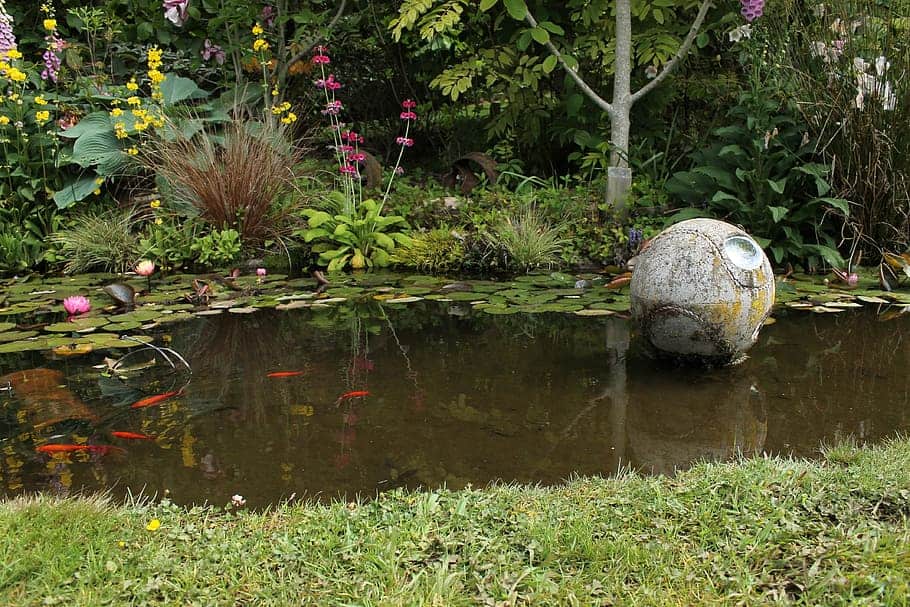
(Image Credit: Wallpaper Flare)
A natural-looking pond like this one is sure to attract all sorts of insects and larger animals. Adding plants and flowers in and around your pond will add to its beauty and also its attractiveness to wildlife.
2. Bug hotel
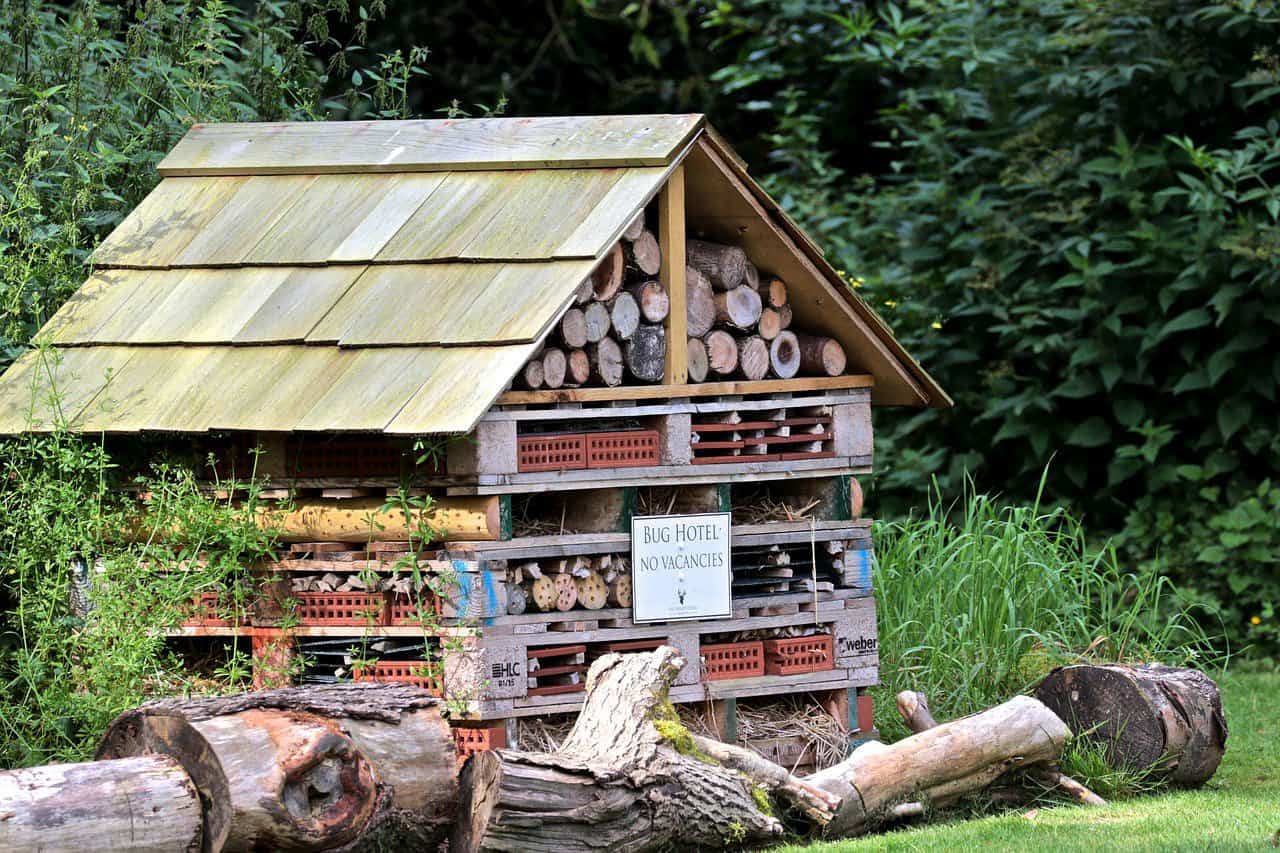
A charming bug hotel provides a cosy refuge for butterflies, birds, and tiny crawlers. Think of it as a mini version of your wooden shed or a summer house guest room – but for insects. Customise it with your preferred paint colours that complement your fence. This addition entices a diverse range of creatures to make themselves at home.
3. Stumpery garden
If you’ve had to cut trees back or down, save the stumps or logs to create a ‘stumpery’ garden. Arrange your stumps into a natural but artistic pile. Fill in the gaps with soil, then add plants and flowers to your arrangement.
These work best in the shade and make the perfect habitat for all kinds of insects, toads and fungi.
4. Garden sofa bench and pebble path

(Image Credit: Wallpaper Flare)
Transform your garden into a captivating haven with wildflower planting. Exuding a natural ambience, the blooms offer wildlife the freedom to roam.
As you immerse yourself in the beauty of nature, choose a strategic spot amid the greenery to place a 2 seater wooden garden bench. Or along a pebbled path for savouring the sights and sounds of the bustling wildlife.
5. Bird seed cup
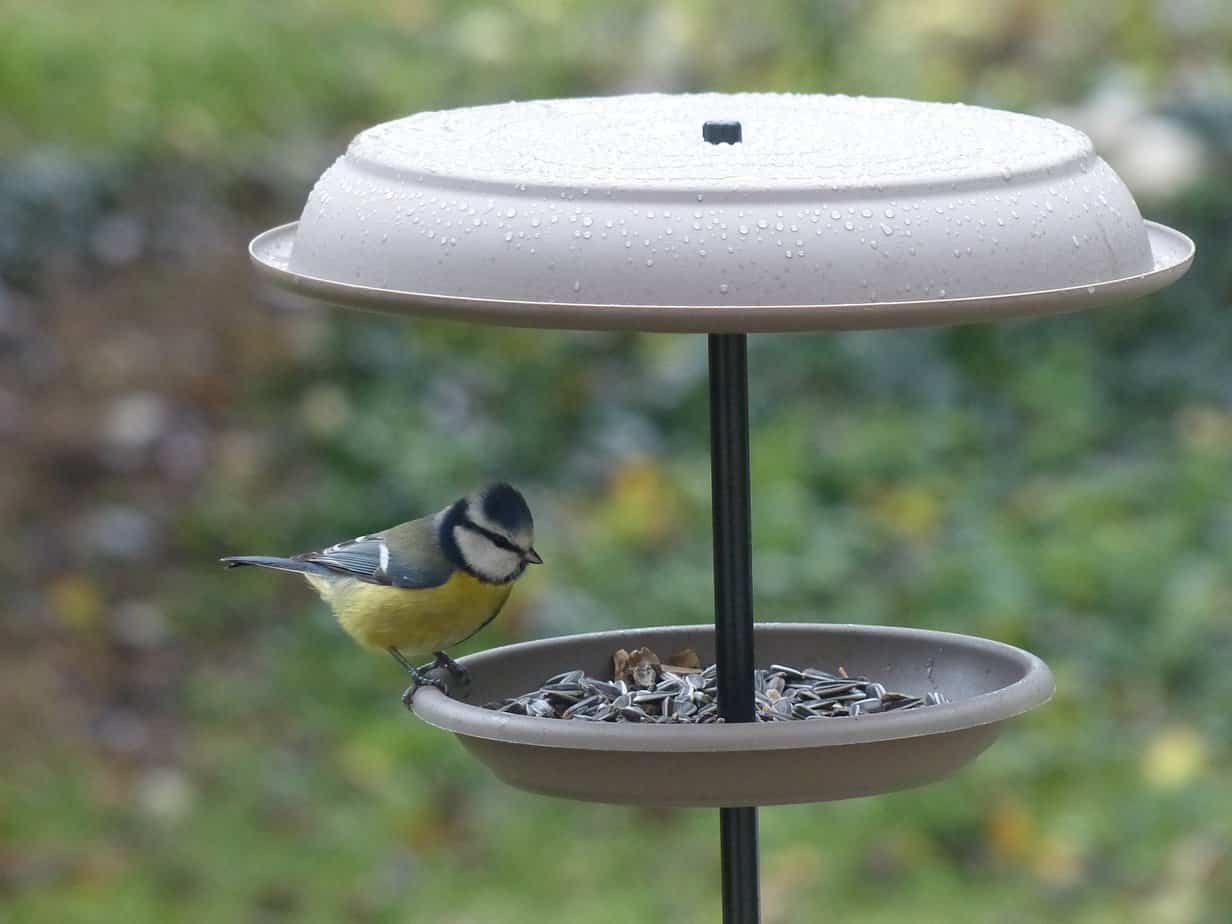
Give a new life to old cups and saucers by repurposing them into unique bird feeders. Hang these charming creations from trees or fencing. They will surely lure birds and other small animals to visit your garden!
6. Bamboo bumblebee hotel
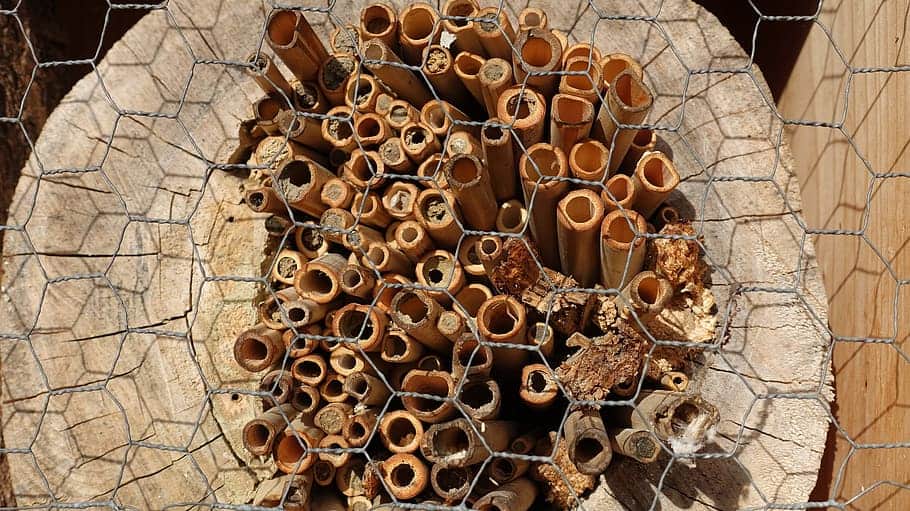
Welcoming these buzzing friends to your garden! Craft your very own DIY bumblebee hotel using bamboo stems. With a bit of luck, the female bees will choose to lay their eggs inside. This can contribute to the conservation of these vital pollinators.
7. Mini meadow garden
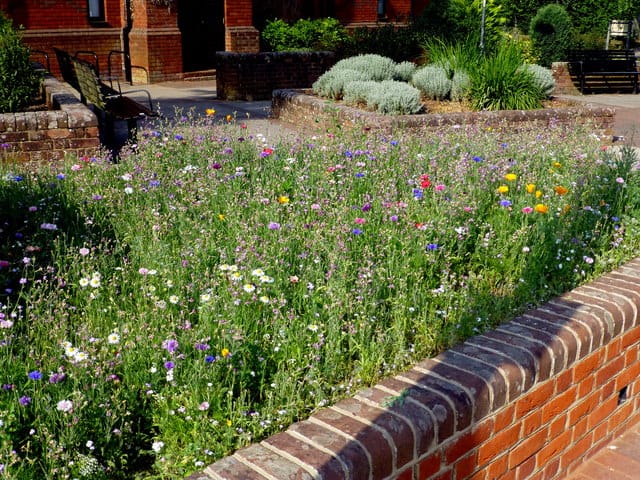
Transform your sun-soaked garden into a paradise by planting a variety of blooms. Wildflowers, for one, emulate the beauty and charm of a miniature meadow. They also add a touch of whimsy and beckon a vibrant array of butterflies and bees. Remember to place your garden reclining chairs nearby to immerse yourself in the beauty of your retreat fully!
8. Hedgehog house
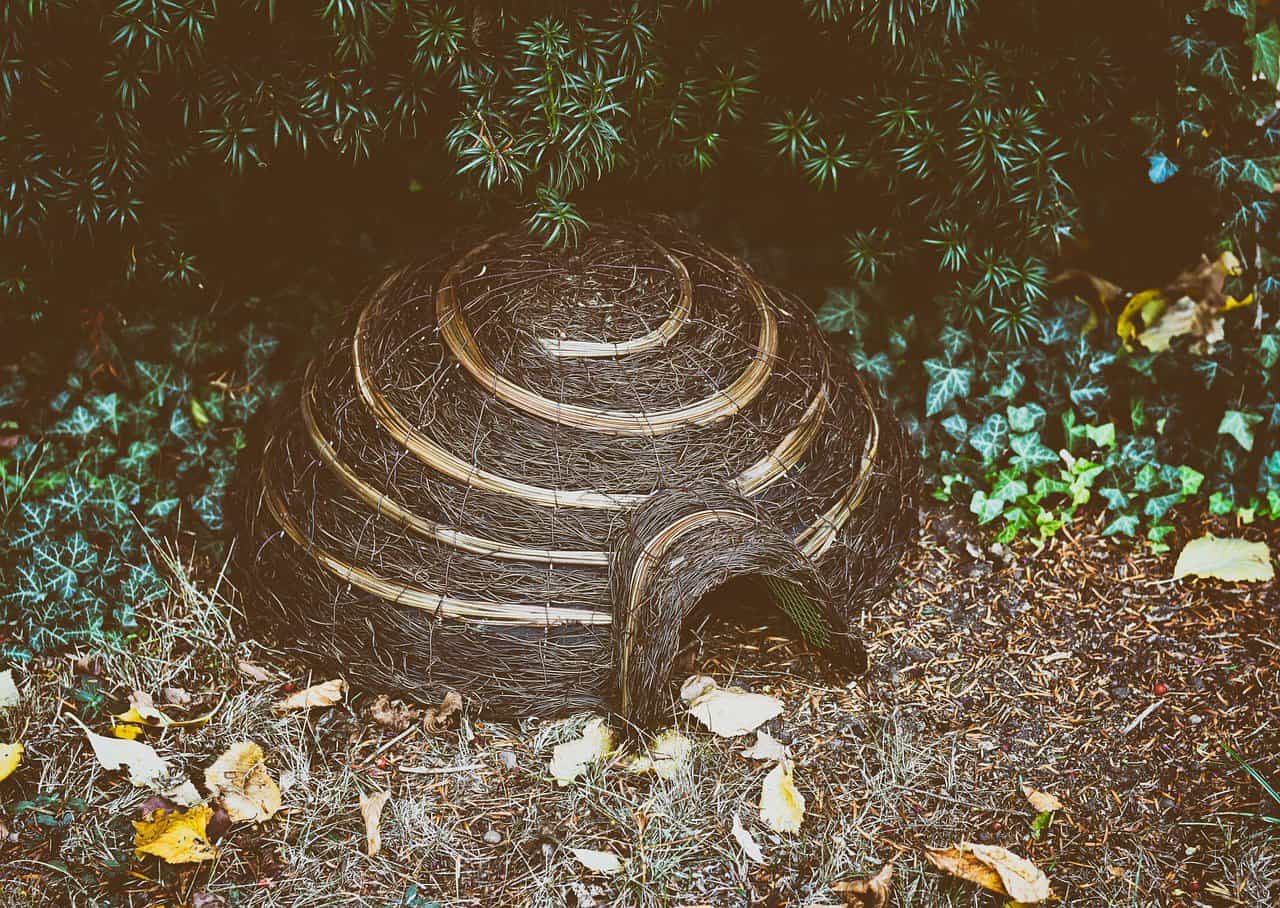
Offer a haven to our nocturnal visitors by providing a cosy hedgehog house. Ensure it’s shielded from cold weather, garden tools, predators, and cars. That way, the endearing creatures can use these shelters for hibernation during winter.
9. Log pile for insects
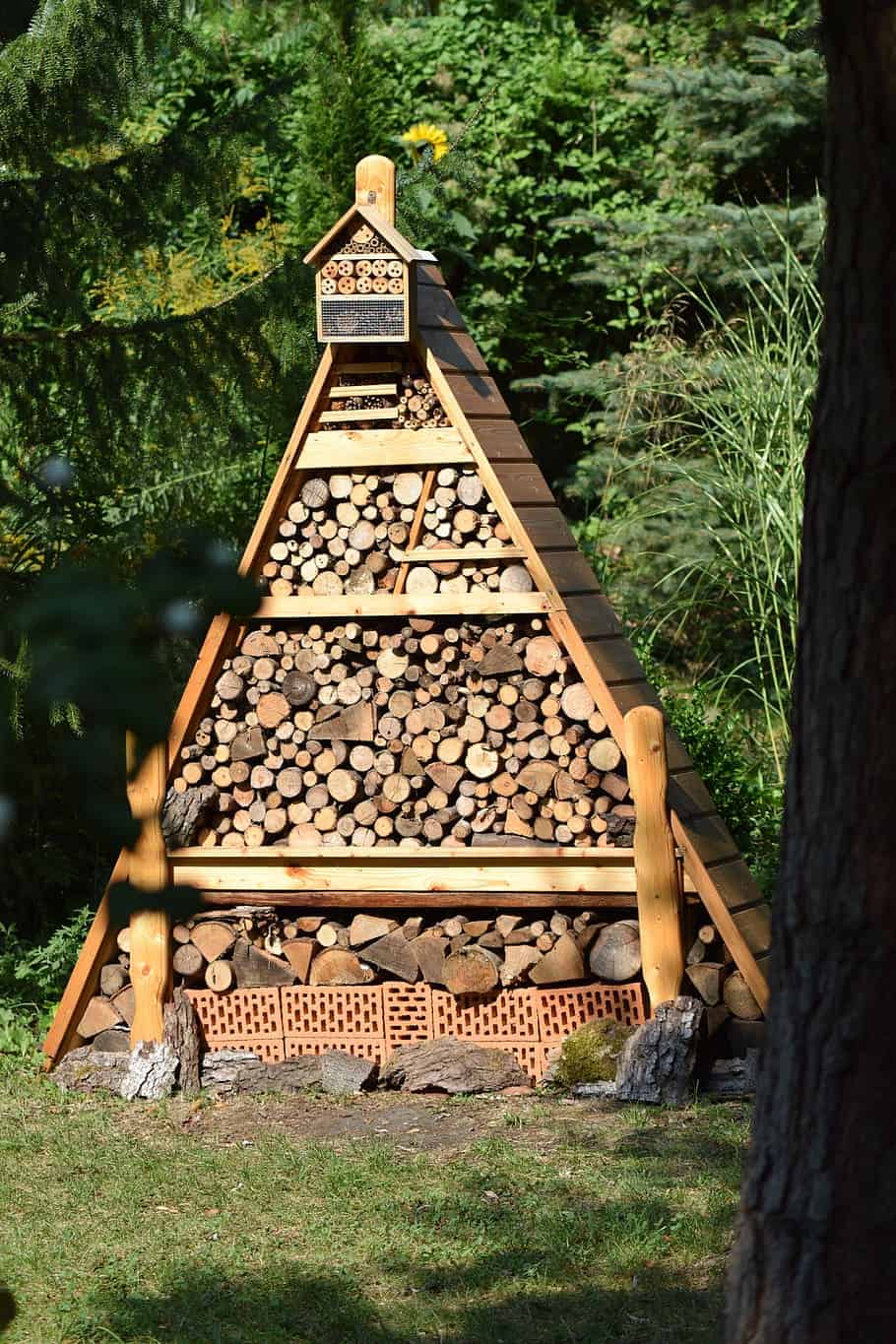
Embrace simplicity with a garden decoration that yields remarkable results. A carefully arranged log pile becomes an ideal hiding place for insects. In turn, it attracts birds, frogs, and hedgehogs that rely on these insects as a nourishing snack.
Note: You likely have spare logs on hand. But what if you don’t? Discover why it’s essential by reading our “Why Do I Need a Log Store?” guide.
10. Birdhouses on the wall
Summer is the perfect time to put up a bird box. Make sure it’s sheltered and out of reach of predators. Maybe add a little plate with some seeds or other feeders to attract different species of birds.
11. Garden toad habitat
Extend a warm welcome to toads in your garden by constructing a cosy habitat. Creating a comfortable dwelling for these amphibians ensures their return year after year. Also, consider surrounding the area with abundant vegetation. Doing so means providing them opportunities to forage and thrive in their new abode.
12. Simple bee water station
Bees drink water just like any living thing, but they also gather it to take back to their hives and nests. It’s simple to set up, just be sure to add some marbles, stones or twigs for the bees to land on.
13. Wildlife border
Wildflower beds are becoming more popular as we strive to attract more wildlife into our gardens. You can even buy it ‘on a roll’ these days to save you having to choose the best plants for bees and butterflies.
14. Deck in wildlife
Create a cosy seating area by adding a small, inviting deck in a secluded corner. Achieve an idyllic spot that provides the perfect vantage point for bird watching. For instance, take a corner summer house. With one, you can relax and immerse yourself in the enchanting sights and sounds of nature.
15. Barrel pond
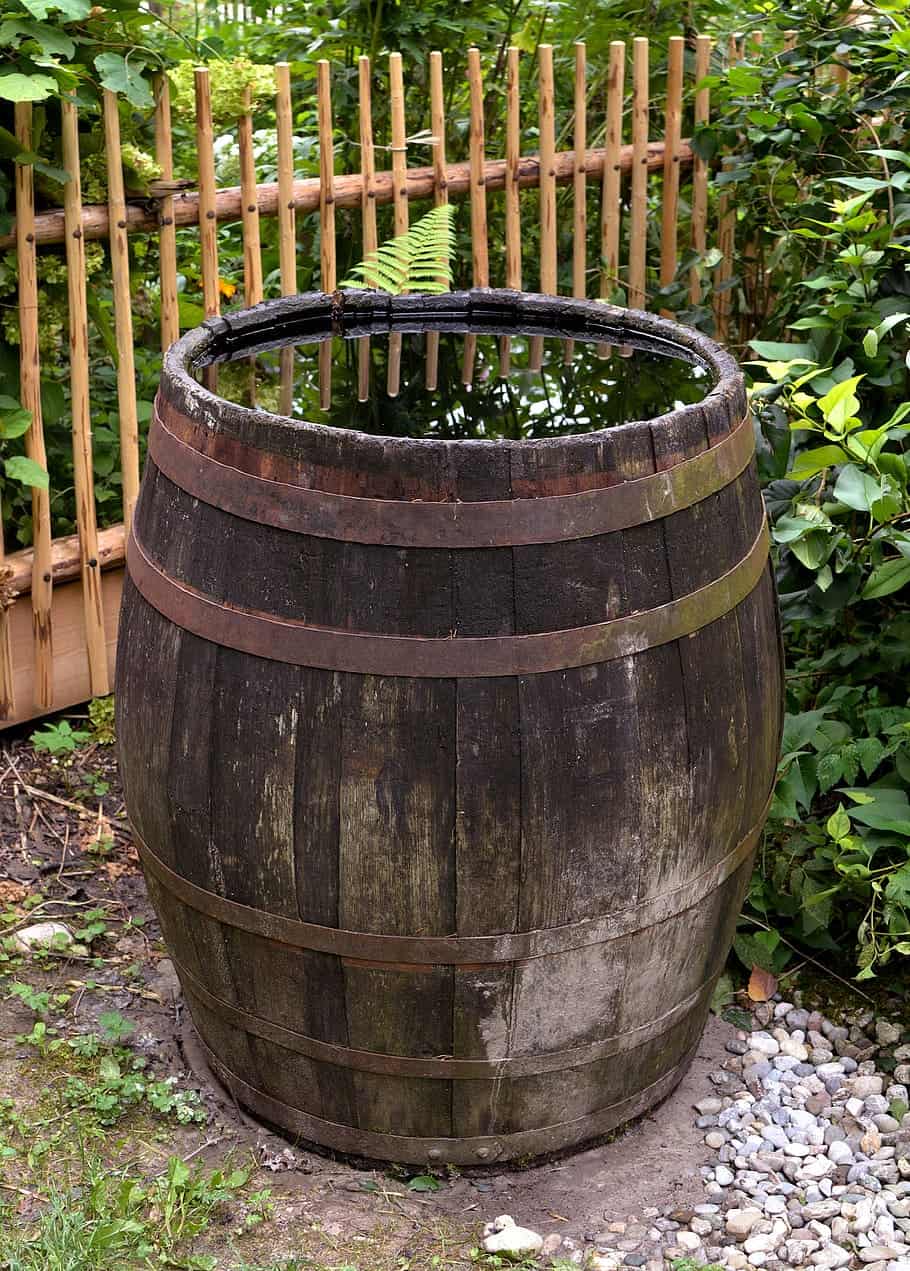
Repurpose an old barrel to fashion a charming and manageable pond for your backyard. This clever transformation breathes new life into discarded items. Plus, it serves as a captivating water feature that attracts wildlife. It’s an ideal choice for introducing a touch of nature to your outdoor space.
16. Wooden path
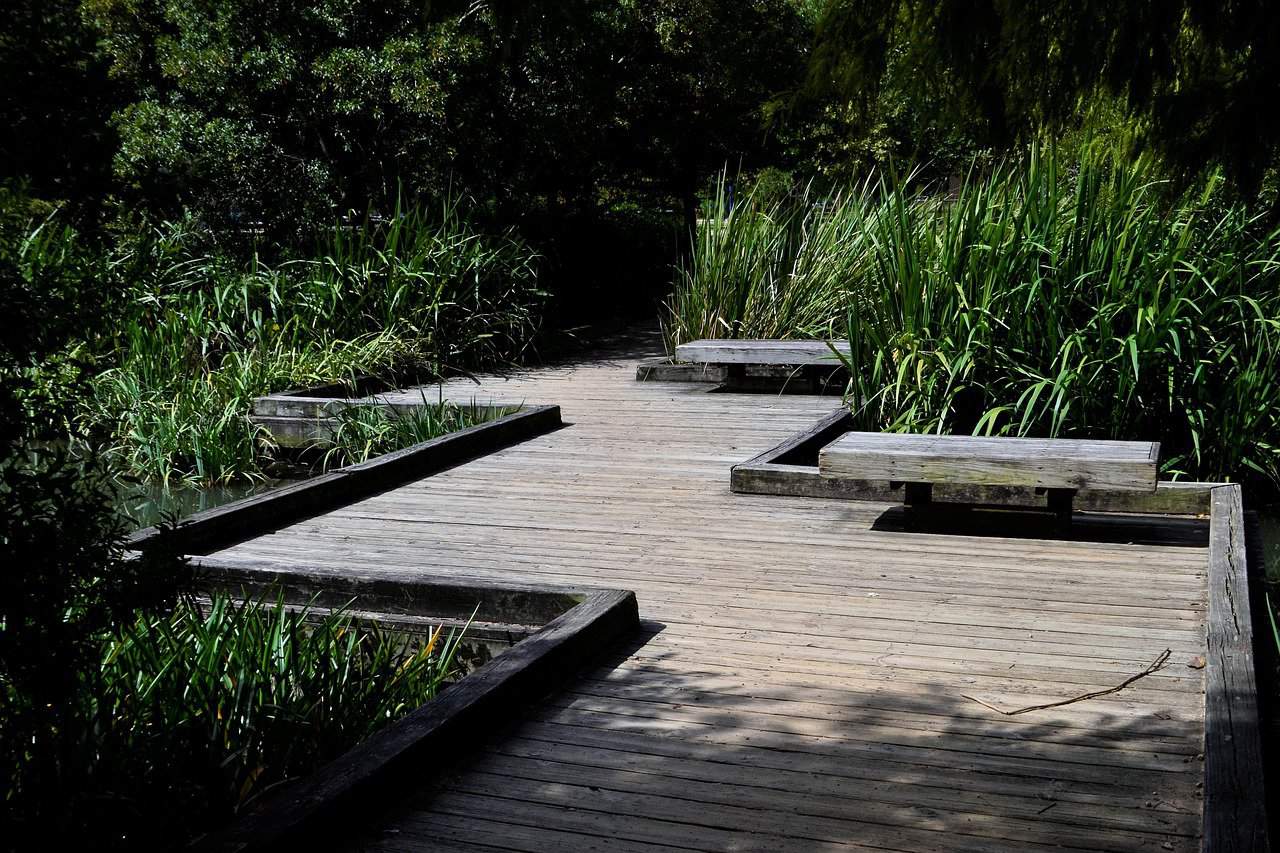
Enhance the accessibility of your garden with a wooden path that offers a safe passage. Paired with rocky beds and simple plantings, you create an enticing environment for wildlife to venture closer. Welcome guests with a garden arch trellis at the entrance.
17. Hedgehog garden access
Install a hedgehog hole in your fence to offer our little nocturnal friends a helping hand in the search for food and mates when they come to visit your garden. With a diet of slugs, snails, and insects, hedgehogs are extremely useful for helping to control pests.
18. Wildflowers and birdhouses
Cultivate a designated section in your garden solely dedicated to wildlife conservation. Embrace the presence of our feathered friends by installing birdhouses and bird tables. Now birds can nest and thrive while delighting you with their presence.
19. Butterfly house
Have you heard of butterfly houses? Butterflies like protection from the wind and a warm place to sun themselves, so you could build them a little house to do just that. This one just needs finishing off with some bright colours!
20. Corner pond
Even with limited space, you can introduce a small pond into your garden. Simply carve out a modest area and line the edges with rocks and pebbles. This thoughtful design enables easy access for animals. It offers them a water source while adding a captivating element to your outdoor space.
21. Wheelbarrow fairy garden
A lovely way to give an old wheelbarrow a second life and make your garden look great while you’re at it. Add toadstool decorations, miniature plants and a tiny stairway up to a fairy door to transform the space into a cute fairy garden the insects will love.
22. Wildlife porch
Create a welcoming haven for guests and wildlife with climbing plants and trees. This lush arrangement provides a sanctuary for birds and other creatures. It invites them to make themselves at home while greeting your guests with a touch of natural beauty.
23. Wildlife vine
If you have a small garden, climbing vines are perfect as they only take up minimal space but add a beautiful feature to what was once a boring corner or wall! They also attract all sorts of wildlife, from insects to bees, birds to butterflies.
24. Rock edge pond
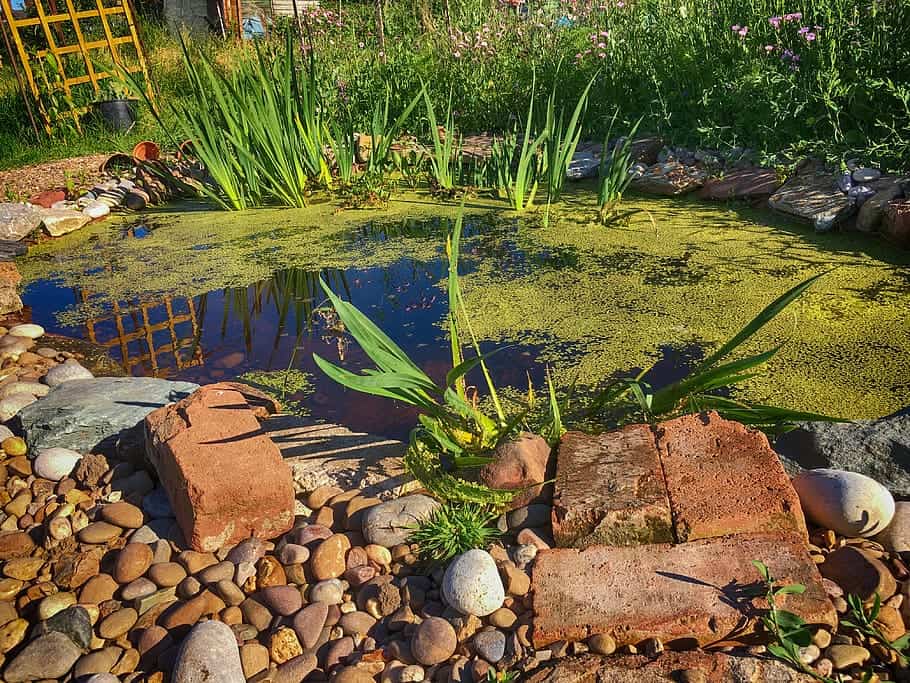
Elevate the allure of your pond by incorporating natural rocks along its edges. This feature also creates a habitat that entices a wide array of insects. By incorporating abundant plants, you make it a more irresistible oasis for wildlife.
25. Natural log birdhouse
Add a bird table to your garden with some hanging feeders so you can pop some food out for birds and squirrels to enjoy.
26. Modern wildlife patio
Craft a serene patio where you can unwind and connect with nature the moment you step outside. Complemented by a small pond surrounded by lush plants, the aim for a modern outdoor space exudes tranquillity. When it comes to outdoor sets, you can never go wrong with rattan garden furniture.
27. Garden trellis arches
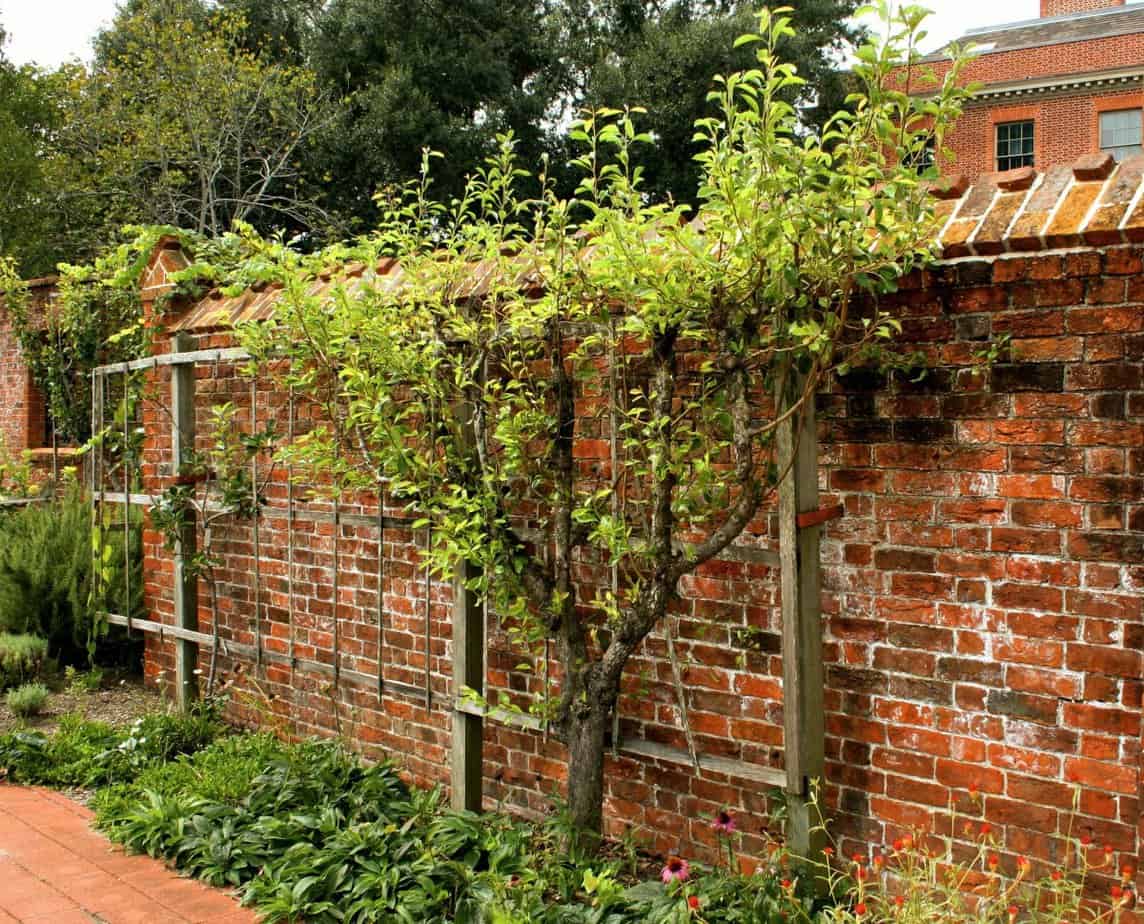
Engage the whole family in a delightful project by constructing a wooden arch trellis. Climbing plants and vibrant flower-filled trellis can transform your space into enchanting sanctuaries. It creates a whimsical atmosphere that entices wildlife and adds a touch of magic to your haven.
28. Meadow plant pot
If space is limited, don’t despair. Planting wildflowers in a large plant pot offers a creative alternative to meadows. The bright colours and diverse mix of plants still attract plenty of wildlife. This scheme will also create a miniature ecosystem within a confined space.
29. Corner pergola with table
A stylish pergola and bistro set will help you relax in the corner of your garden while protecting you from the sun. Add climbing vines and pot plants to entice bees and birds into your garden.
30. Wildlife garden bed
Infuse your flower beds with the beauty and biodiversity of wildflowers. Such planting techniques will revive the edges of your garden with bursts of colour. This simple addition also adds visual appeal and acts as a magnet for bees and butterflies.
Round-Up
We hope we’ve given you some inspiration for enticing wildlife into your garden. Whether you try just one or a few of these ideas, you can enjoy the sights and sounds of nature, knowing that you’re making a difference to the local wildlife in your area.
And if you want a spot to relax and watch all your newfound friends, why not build a wildlife watching room? A garden shed and log cabin make the perfect choice for this DIY approach! Check out our range of garden buildings via the button below!
Consider diving into: How to Install Insect Curtains in Your Outbuilding
Shop Garden Buildings









